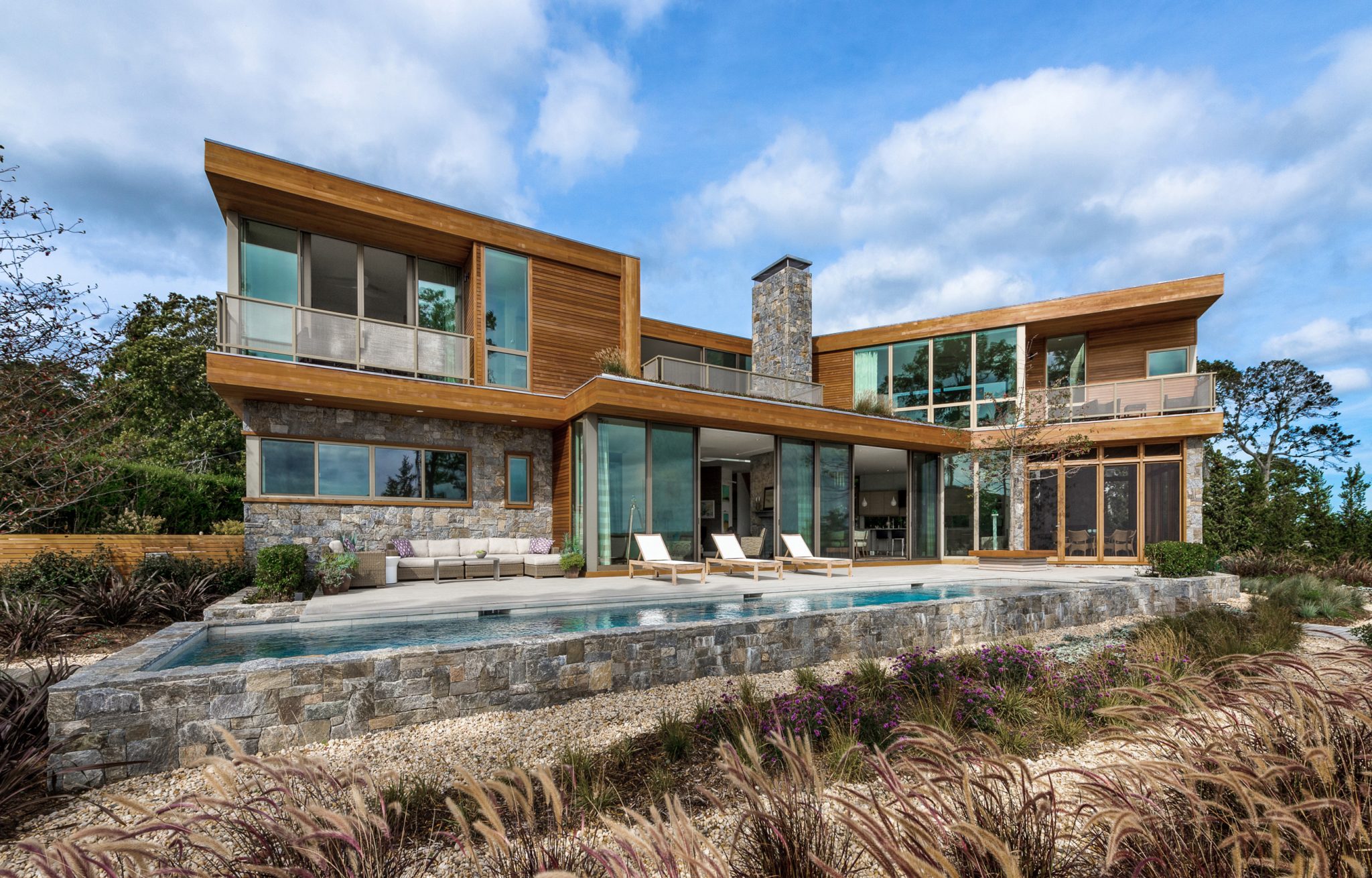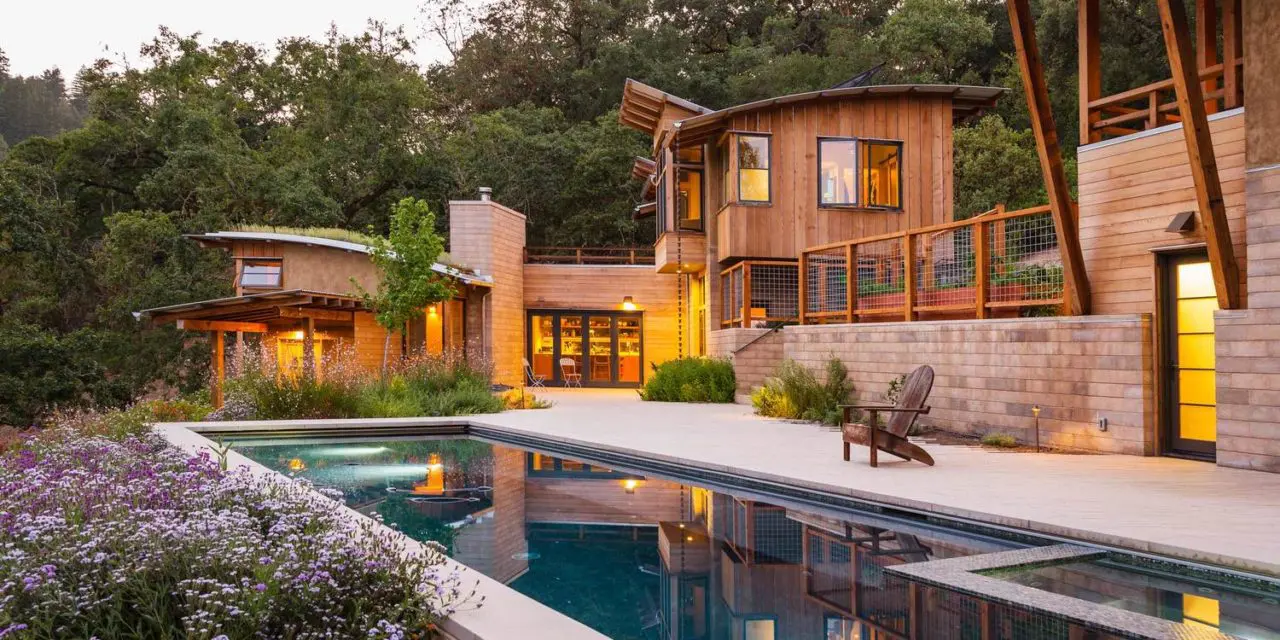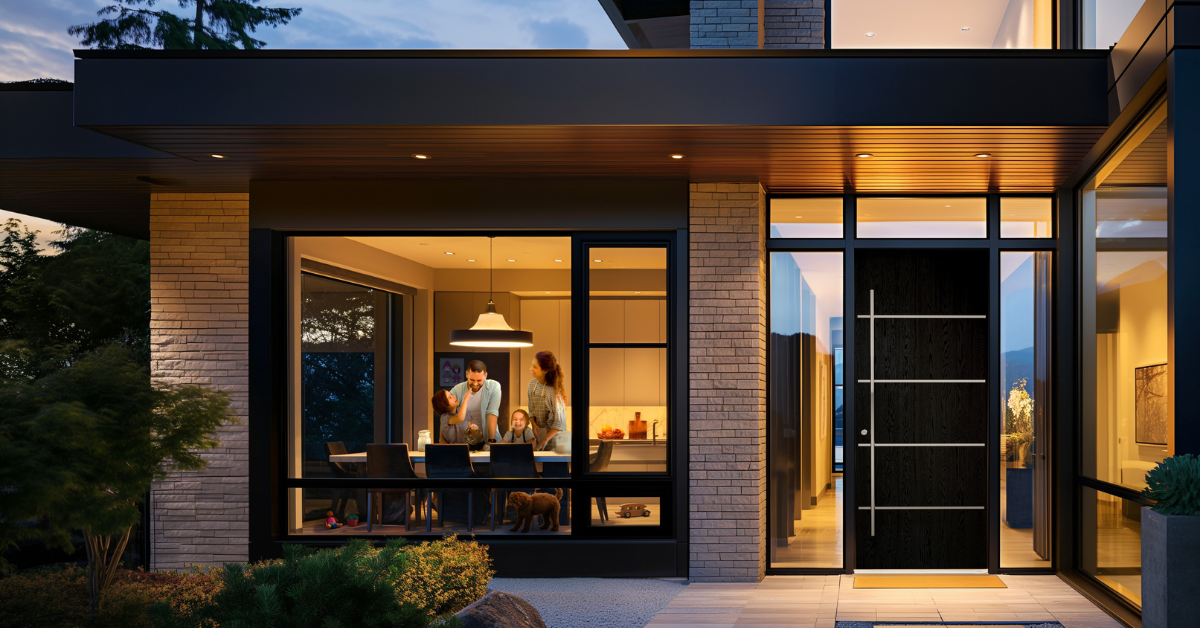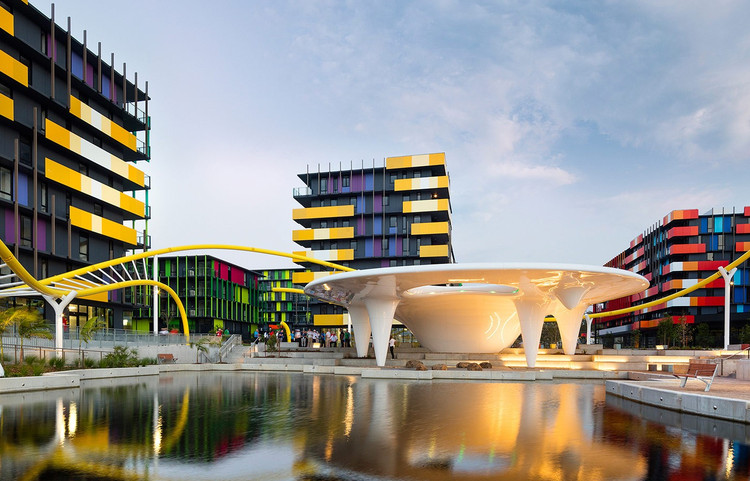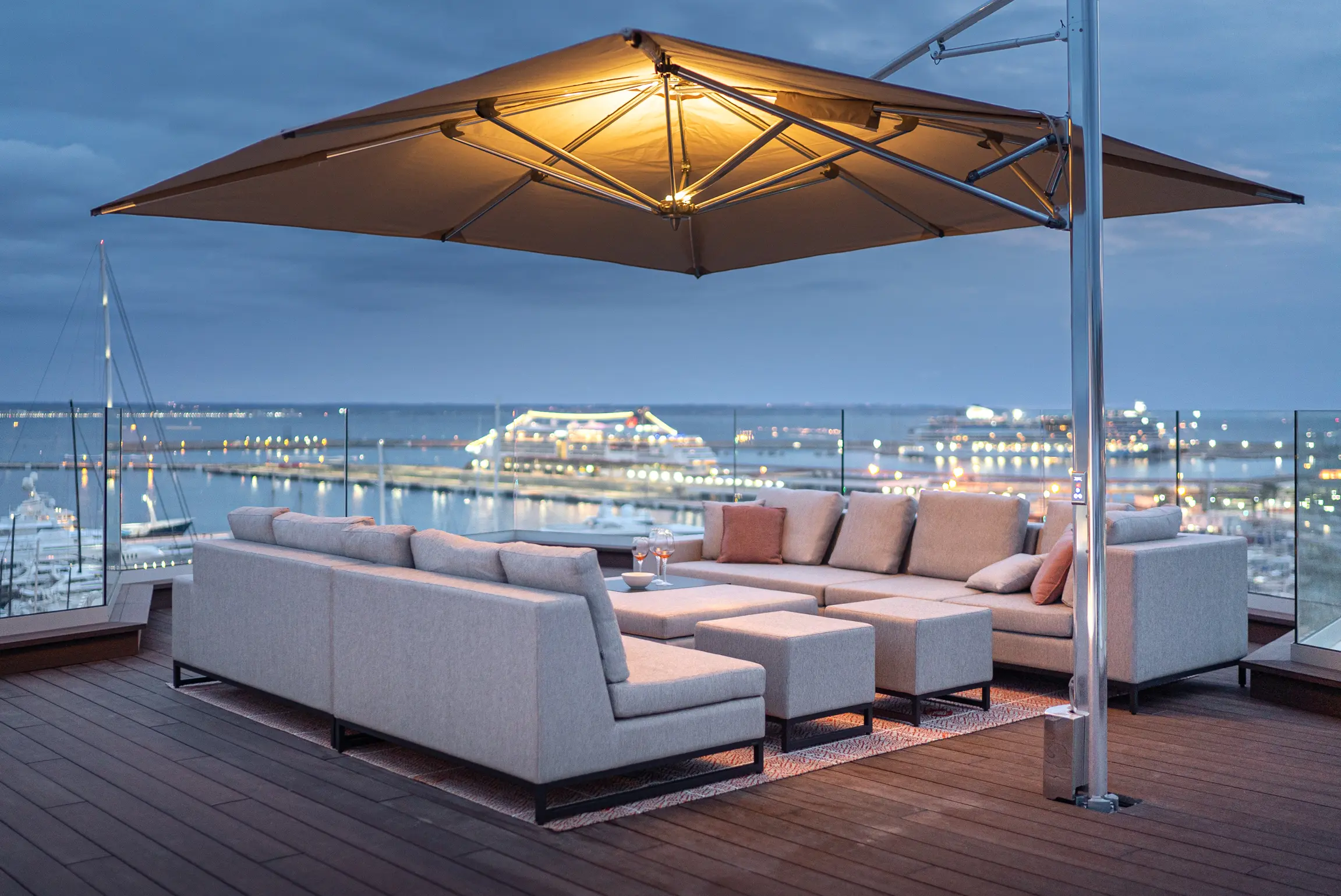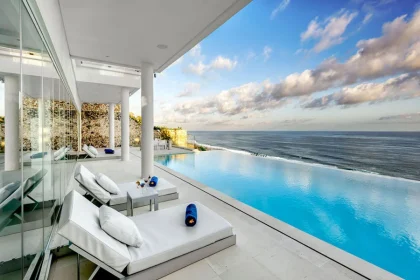Tactile natural textures are one of the most impactful trends in modern design, blending organic elements with human-centered comfort. This concept emphasizes the use of materials like stone, wood, linen, jute, and clay in both interior and exterior environments to create spaces that are not only visually stunning but also deeply engaging to the senses. Unlike purely visual design, tactile natural textures connect people emotionally to their surroundings, offering warmth, authenticity, and a grounding presence.
The rise of biophilic design has placed tactile natural textures at the forefront of architecture, home décor, and outdoor living solutions. From furniture crafted with natural rattan to walls clad in textured stone or handwoven fabrics, these elements elevate the human experience by encouraging touch and interaction. In a world dominated by digital screens and synthetic finishes, natural textures restore balance by offering authenticity and sensory depth.
Understanding Tactile Natural Textures in Design
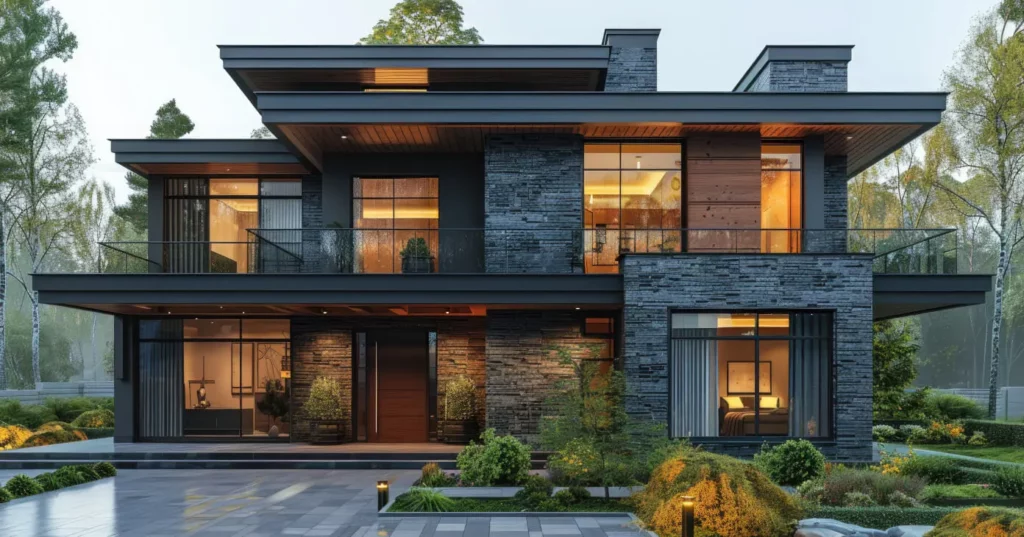
www.gammapaint.com
Tactile natural textures refer to the feel and appearance of surfaces that replicate or incorporate organic materials. These textures can be rough, smooth, soft, or grainy, but they all share one quality: they invite touch and interaction. The most common examples include untreated wood grains, natural stone finishes, raw textiles like linen and hemp, or clay-based surfaces that retain an earthy feel.
Designers and architects use these textures to create spaces that feel more alive. A wooden coffee table, for instance, becomes more than a piece of furniture; it becomes an anchor that connects occupants to nature. Similarly, a stone-clad wall adds not only visual richness but also a tactile experience that enhances the character of a space.
Benefits of Using Tactile Natural Textures
Emotional Connection and Comfort
Humans have an innate desire to connect with nature. Natural textures fulfill this need by introducing a sense of calm, balance, and grounding. A jute rug or raw wood flooring immediately transforms a sterile room into a welcoming sanctuary.
Enhanced Aesthetic Depth
Flat, polished finishes may look sleek, but they often lack character. Textured surfaces catch light differently, create shadows, and add layers of visual interest that enrich design aesthetics.
Durability and Longevity
Natural textures like stone and hardwood not only look timeless but also age beautifully. Unlike synthetic materials that wear down quickly, authentic materials often develop a patina, adding character and longevity.
Sustainability and Eco-Friendliness
Many tactile natural textures come from renewable resources. Materials like bamboo, cork, or reclaimed wood provide eco-conscious solutions that align with sustainable living and green building practices.
Real-World Examples of Products Featuring Tactile Natural Textures
Below are seven carefully chosen examples that highlight how tactile natural textures are integrated into modern living. Each product demonstrates the relevance of this design philosophy.
1. Rattan Outdoor Lounge Chair
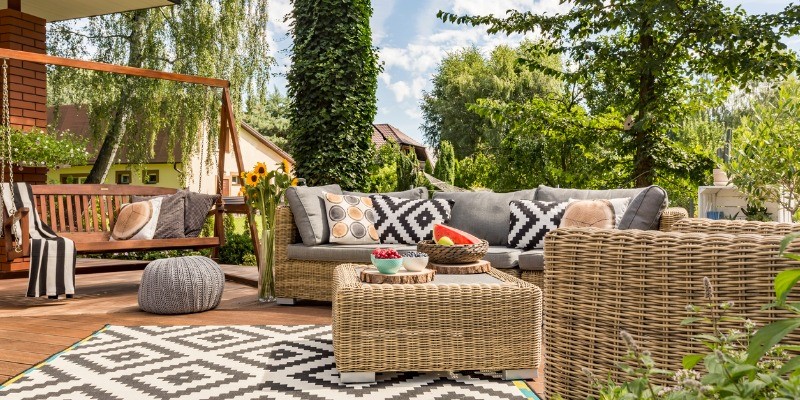
www.oakvillehomeleisure.ca
Rattan has become a symbol of tactile natural design in outdoor living spaces. Its woven texture provides visual warmth and a comfortable surface to sit on, while still being breathable and weather-resistant. Unlike plastic imitations, natural rattan feels alive, bending slightly to accommodate body weight, creating a sense of harmony between person and material.
2. Reclaimed Wood Dining Table
Reclaimed wood carries the beauty of natural grain, knots, and imperfections that tell a story. A reclaimed wood dining table becomes a centerpiece that combines sustainability with authenticity. Its tactile surface, often slightly uneven, invites touch and brings a sense of heritage into the home.
3. Linen Upholstered Sofa
Linen is a natural textile with a distinctive tactile softness combined with visible texture. A linen-upholstered sofa embodies understated luxury, offering breathability and comfort. Its fibers create a cool touch, making it ideal for warm climates or indoor-outdoor transitional spaces.
4. Stone Accent Wall Panels
Natural stone, whether slate, granite, or travertine, provides unmatched tactile and visual depth. Stone accent wall panels create a focal point that combines rugged beauty with a sense of permanence. Touching these surfaces connects people to the rawness of nature, offering grounding and stability.
5. Clay Planters with Textured Finish
Clay planters with ribbed or rough finishes embody the tactile essence of handcrafted design. They not only hold greenery but also act as sculptural elements in outdoor or indoor settings. The porous nature of clay regulates moisture, benefiting plant growth while maintaining a natural appearance.
6. Jute Area Rugs
Jute rugs offer one of the most tactile flooring experiences. Their coarse yet comfortable texture provides warmth underfoot while visually grounding a room. Unlike synthetic carpets, jute rugs are biodegradable and made from fast-growing, renewable plants.
7. Bamboo Outdoor Decking
Bamboo outdoor decking has become one of the most sought-after solutions for modern patios, terraces, and garden pathways. Unlike traditional hardwood decking, bamboo is a rapidly renewable resource that matures in just three to five years, making it a highly sustainable choice. Its natural grains and smooth finish give outdoor spaces an elegant yet grounded aesthetic, creating a seamless connection with nature.
Benefits of Tactile Natural Textures in Modern Living
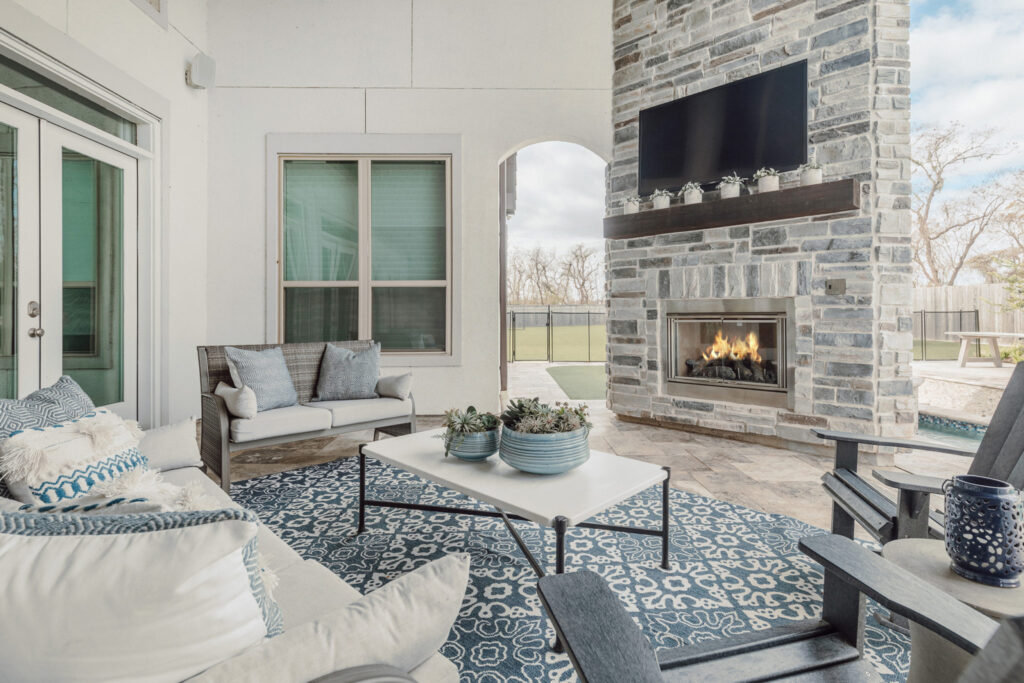
jdelite.decoratingden.com
The inclusion of tactile natural textures brings far-reaching benefits. These range from enhancing emotional well-being to improving the durability of spaces.
- Human-Centric Comfort: Textures create cozy, inviting environments that help reduce stress.
- Visual and Sensory Richness: They add layers of character that make spaces more engaging.
- Sustainability: Many of these materials are renewable and eco-friendly.
- Durability: Properly maintained, natural textures last longer than synthetic alternatives.
- Connection to Nature: They align with biophilic design principles, promoting harmony between humans and their environments.
How Tactile Natural Textures Solve Problems
Creating Welcoming Commercial Spaces
Hotels, restaurants, and retail environments use tactile textures to make guests feel comfortable. A stone wall or wooden counter adds warmth and authenticity that synthetic surfaces cannot replicate.
Enhancing Home Comfort
Homeowners often seek to transform sterile, cold spaces into inviting sanctuaries. By introducing jute rugs, linen sofas, or bamboo decks, they achieve warmth and character without sacrificing durability.
Supporting Sustainability Goals
Businesses and individuals focused on green living benefit from these materials because they align with eco-friendly practices. Products like reclaimed wood tables or bamboo decking directly contribute to sustainability while still offering aesthetic beauty.
How to Buy Tactile Natural Texture Products
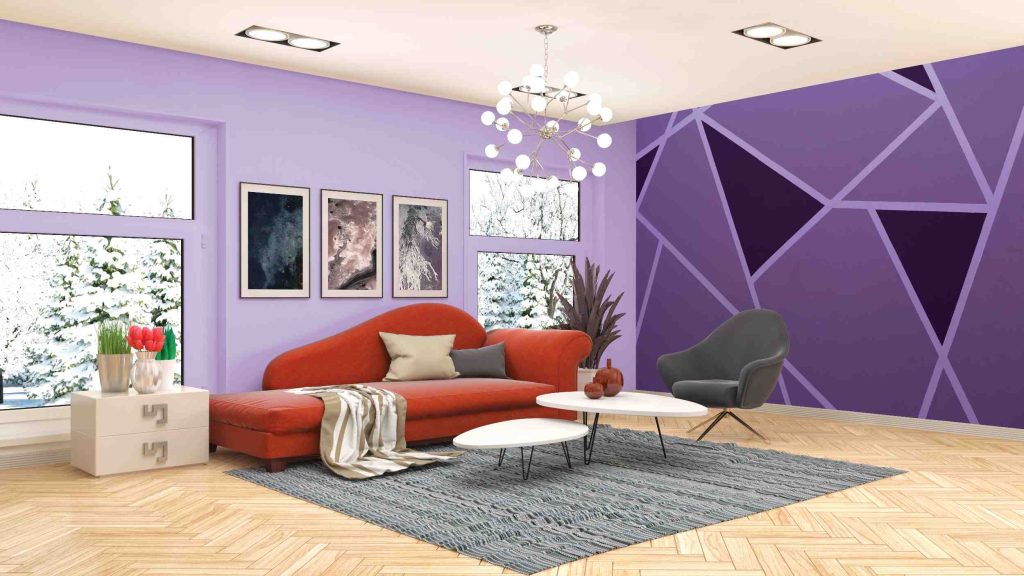
nipponpaint.co.in
Ensure that the wood is reclaimed or certified, textiles are made from natural fibers, and stones or clays are responsibly harvested. Many high-end furniture stores, eco-friendly retailers, and artisanal marketplaces specialize in these products.
- Buy an Authentic Rattan Chair
- Shop Reclaimed Wood Dining Table
- Get Linen Upholstered Sofa
- Purchase Stone Accent Wall Panels
- Order Handcrafted Clay Planters
- Shop Jute Rugs Collection
- Buy Sustainable Bamboo Decking
Frequently Asked Questions
1. Why are tactile natural textures so important in modern design?
They provide emotional comfort, sensory richness, and authenticity that synthetic materials often lack. They also support sustainable and biophilic design.
2. Are natural textures more expensive than synthetic alternatives?
While the upfront cost may be higher, their durability, sustainability, and timeless aesthetic provide long-term value, often making them more cost-effective.
3. How can I maintain tactile, natural texture products?
Regular cleaning with natural, non-abrasive products and occasional treatments (like oiling wood or sealing stone) will help preserve their natural beauty and extend their lifespan.


